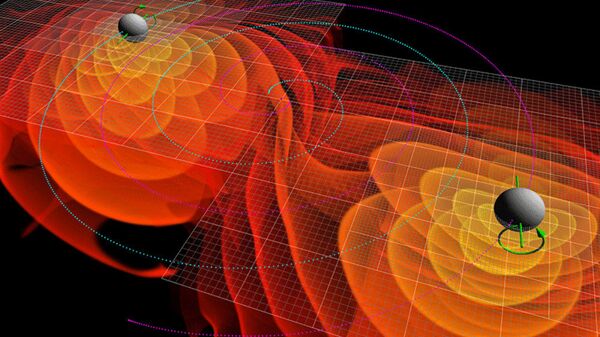Researchers Rainer Weiss, Kip Thorne and Barry Barish who will share the 9 million kronor prize (about $1 million) are members of Caltech’s Ligo-Virgo observatories. The observation was made following 40 years of efforts in the area.
“Gravitational waves are interactions with gravity, which is involved very strongly. In space we can imagine rippling distortion changing its shape, like in the water, and projecting out through space. One such ripple that we detected happened 1.3 billion years ago and it managed to get to the Earth with nothing impeding it along the way,” Barry Barish said.
Elaborating on how this discovery can expand our knowledge of space, time and the universe, he said that while the conventional theory of gravitation has explained the Sun’s gravitational pull on the planets, the tides, etc., it couldn’t explain why the trajectory of Mercury around the Sun was slightly different from what was calculated.
“The second aspect is that we look at the universe through telescopes and other forms of electromagnetic radiation. However, only about four percent of the universe emits electromagnetic radiation, so everything that we know about the universe comes through electromagnetic radiation.
"This is the first time that we have looked at the universe in a really different way,” Barish said.
“We now have the birth of a new way to look at the universe," he concluded.
Gravitational waves were first described by Albert Einstein in his general theory of relativity. However, the great scientist himself had doubts about the possibility of measuring them.



